Vietnam is promoting green credit as a pillar of sustainable development and has attractive credit policies. Therefore, international investment capital flows are expected to have new impetus. What are the opportunities and challenges for the Vietnamese banking system in balancing growth, credit safety and redirecting capital into green, environmentally sustainable fields? VTV reporters had an interview with Mr. Willie Tanoto - Senior Director at Fitch Ratings to learn more.
* Reporter: Sir, looking at Vietnam's credit structure, we can clearly see that real estate lending still accounts for a high proportion. From your personal observation, what policies do central banks in the world have so that credit can flow into both production and business or the green finance sector?
- Mr. Willie Tanoto - Senior Director at Fitch Ratings : I think banks always respond to signals about profits and risks. They will direct capital flows to areas with clear repayment mechanisms and reasonable rates of return. To make credit flow stronger into the production, business or green finance projects, it is important to create a more accurate risk pricing environment and a suitable incentive framework. When projects in those areas are properly reflected in the level of risk and profit, banks will naturally allocate more capital, without the need for administrative intervention. In the long term, developing guarantee tools, risk insurance or policy incentives for green credit will also help improve capital flows in a more sustainable direction.
* Vietnam has just been upgraded to a stock market status, plus the attractiveness of a series of policies for foreign investors, such as the establishment of an International Financial Center. In your opinion, how will this increase the ability to access foreign investment capital into Vietnam?
- I think foreign investors are always interested in providing capital to Vietnam. With the stock market, I think foreign capital will increase, but it will take time.
In the banking sector alone, foreign ownership limits remain a natural barrier. Overall, we see many bright spots in the Vietnamese economy . We forecast that the bad debt ratio will decrease in 2026. Asset quality is well controlled, reflecting the stable operation of the economy and banking system; the rate of bad debt formation is slowing down. We forecast that credit growth in 2026 could reach about 18% and the possibility of exceeding the forecast is quite high. Interest rates of Vietnamese banks are not too affected by fluctuations in world interest rates, demonstrating independence and stability.
Source: https://vtv.vn/tin-dung-xanh-va-dong-von-ngoai-co-hoi-cho-thi-truong-viet-nam-10025111212354685.htm




![[Photo] Highways passing through Dong Nai](https://vphoto.vietnam.vn/thumb/1200x675/vietnam/resource/IMAGE/2025/11/12/1762940149627_ndo_br_1-resize-5756-jpg.webp)













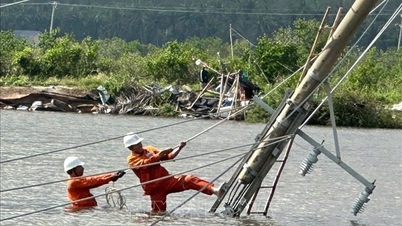















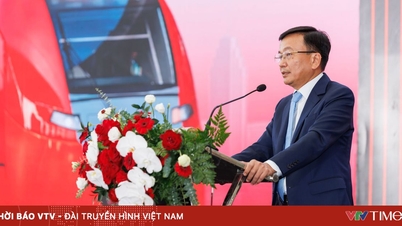
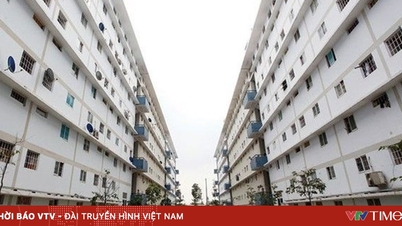








































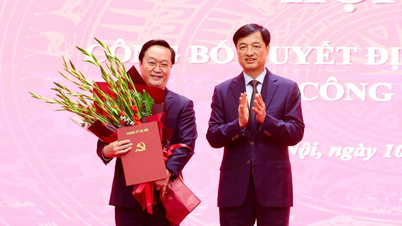






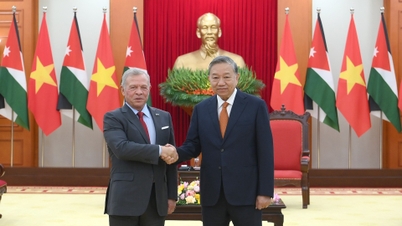




















![Dong Nai OCOP transition: [Article 3] Linking tourism with OCOP product consumption](https://vphoto.vietnam.vn/thumb/402x226/vietnam/resource/IMAGE/2025/11/10/1762739199309_1324-2740-7_n-162543_981.jpeg)








Comment (0)